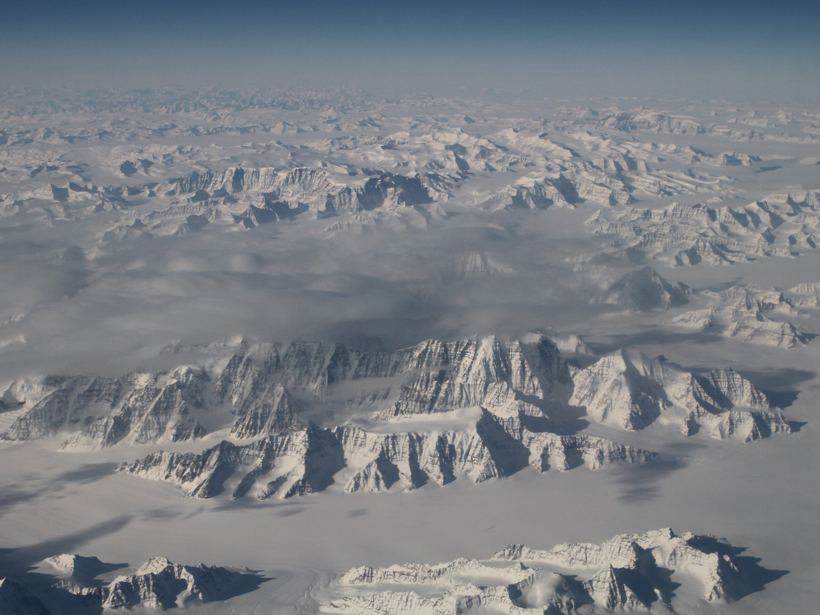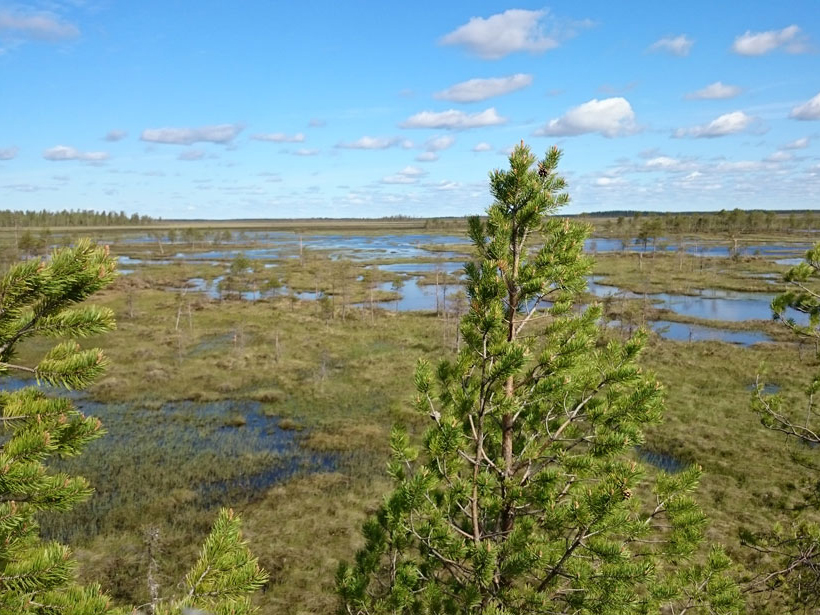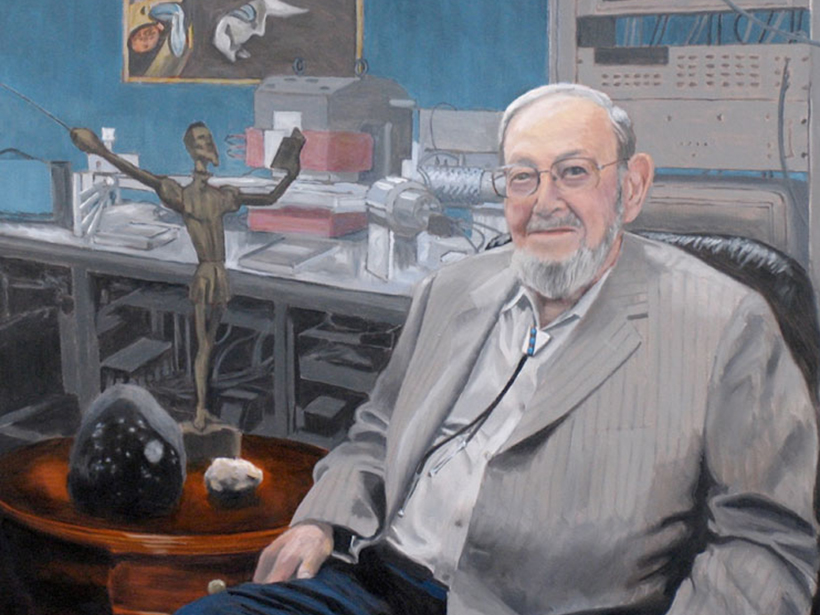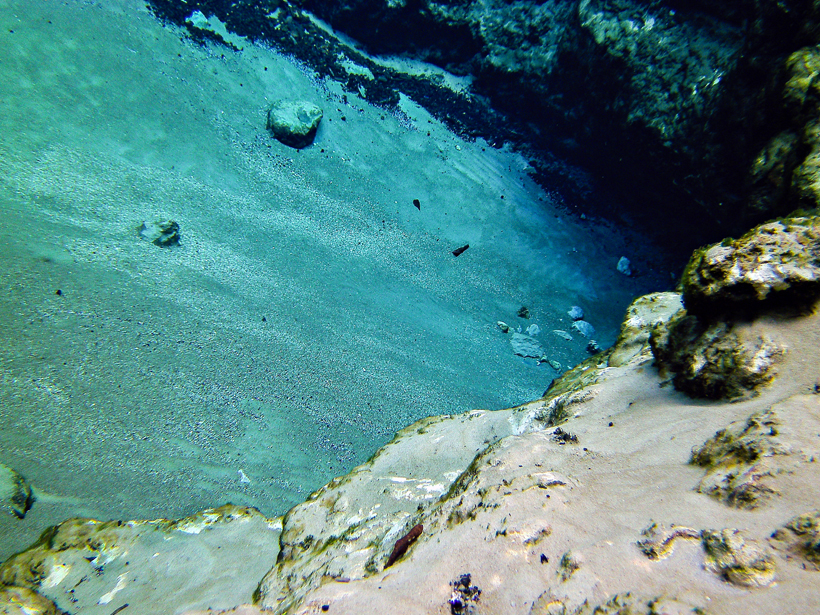Abnormally high levels of mercury in Ordovician rocks may imply that a huge surge of volcanism took place at a time when much of the planet’s ocean life vanished.
geochemistry
What’s the Average Methane Isotope Signature in Arctic Wetlands?
Aircraft measurements confirm that methane emissions from northern European wetlands exhibit a uniform regional carbon isotopic signature, despite considerable ground-level heterogeneity.
Gerald J. Wasserburg (1927–2016)
A leading geochemist who became well known for creating the first high-precision mass spectrometer, called Lunatic I, that measured isotope ratios in lunar samples from the Apollo missions.
Tsunamis Leave a Telltale Chemical Trail
Researchers follow a trail of organic compounds in soil that reveals the 2011 Tohoku tsunami's path over the Japanese coastline, providing clues to how often tsunamis recur and where they travel.
Measurements and Models of Reactive Transport in Geological Media
Author Brian Berkowitz answers questions about his recently published article and the scientific and societal implications of his findings.
Alex Halliday Receives 2016 Harry H. Hess Medal
Alex Halliday was awarded the 2016 Harry H. Hess Medal at the American Geophysical Union Fall Meeting Honors Ceremony, held on 14 December 2016 in San Francisco, Calif. The medal is for "outstanding achievements in research on the constitution and evolution of the Earth and other planets."
Deciphering the Cosmogenic Code to Learn Earth's Surface History
Third Nordic Workshop on Cosmogenic Nuclide Techniques; Stockholm, Sweden, 8–10 June 2016
Tracing the North Atlantic's Bottom Waters
Chemicals released by two European nuclear fuel reprocessing plants, along with certain chlorofluorocarbons, are helping to constrain the speed and behavior of North Atlantic deep-ocean circulation.
Canil and Elliott Receive 2016 N. L. Bowen Award
Dante Canil and Tim Elliott will receive the 2016 N. L. Bowen Award at the 2016 American Geophysical Union Fall Meeting, to be held 12–16 December in San Francisco, Calif. The award recognizes "outstanding contributions to volcanology, geochemistry, or petrology."
Atmospheric Chemists Should Tackle Risks to Society, Report Says
Protecting public health and the health of the climate and ecosystems warrants more focus from this scientific field, according to the report.







